

Articles
How To Store Straw
Modified: January 9, 2024
Learn effective strategies for storing straw in this comprehensive guide. Discover essential tips and techniques for preserving articles.
(Many of the links in this article redirect to a specific reviewed product. Your purchase of these products through affiliate links helps to generate commission for Storables.com, at no extra cost. Learn more)
Introduction
Storing straw properly is essential to maintain its quality and ensure its longevity. Whether you have a small backyard garden or a large-scale farm, knowing how to store straw correctly can make a significant difference in its usability and effectiveness. In this guide, we will walk you through the step-by-step process of storing straw to preserve its integrity and keep it in optimal condition.
Straw, which is the dry stalks of cereal plants like wheat, barley, and oats, is commonly used for various purposes. It can be utilized as bedding for animals, mulch for gardens, a component in compost, or even as a decorative element. Regardless of how you plan to use it, taking the time to store your straw properly will help prevent spoilage, mold growth, and damage caused by pests or moisture.
In the following sections, we will explore the crucial steps involved in storing straw effectively. From choosing the right location to protecting against pests and moisture, we will provide you with practical tips and expert advice to ensure your straw remains in excellent condition for as long as possible.
So, if you’re ready to learn how to store straw like a pro, let’s get started!
Key Takeaways:
- Properly storing straw involves choosing the right location, preparing the storage area, bundling and stacking the straw effectively, and protecting against pests and moisture. Regular inspections and maintenance are crucial for preserving its quality and usability.
- By following the steps outlined in this guide, you can ensure that your stored straw remains in excellent condition, free from pests, mold, and decay. This will save you money and provide high-quality straw for various uses.
Read more: How To Store Straw Hats
Step 1: Choosing the Right Location
When it comes to storing straw, selecting an appropriate location is paramount. The ideal storage area should provide protection against the elements, minimize the risk of moisture buildup, and prevent access by pests. Here are some key considerations to keep in mind:
- Avoid areas prone to moisture: Moisture is one of the biggest enemies of stored straw, as it can cause mold and rotting. Choose a location that is well-drained and elevated, away from low-lying areas or places that are prone to flooding.
- Prevent exposure to direct sunlight: Prolonged exposure to sunlight can lead to the breakdown of straw fibers and make it less effective. Pick a location that offers shade or cover the straw stacks with a tarp or some other form of protection.
- Ensure good airflow: Proper ventilation is crucial for preventing moisture buildup and reducing the risk of mold. Opt for an area that allows for natural airflow or consider installing ventilation systems to ensure adequate ventilation.
- Consider accessibility: If you frequently use straw and need easy access, choose a location that is convenient and easily reachable. This will save you time and effort when retrieving the straw for various purposes.
- Protect against wildlife: While it may be difficult to completely eliminate the presence of pests, take measures to deter wildlife from accessing the straw piles. This could include using fencing or placing deterrents around the storage area.
By carefully considering these factors, you can select a suitable location for storing your straw that provides optimal protection from moisture, sunlight, and pests.
Step 2: Preparing the Storage Area
Once you have chosen the right location for storing your straw, it’s time to prepare the storage area. Proper preparation will help create a clean and organized space, ensuring the longevity and quality of the stored straw. Here are the essential steps for preparing the storage area:
- Clean the storage area: Before bringing in the straw, remove any debris, dust, or other materials from the storage area. This will help prevent contamination and maintain the cleanliness of the straw.
- Create a base: Lay down a solid and level base for the straw stacks. This can be done using pallets, wooden boards, or a concrete slab. The base will provide stability and prevent direct contact between the straw and the ground, reducing the risk of moisture absorption.
- Line the base: If you are concerned about moisture infiltration, consider lining the base with a moisture barrier such as a plastic sheet. This extra layer of protection will act as a barrier against ground moisture.
- Organize the space: Plan the layout of the storage area to maximize efficiency and ease of access. Leave enough space between the stacks to allow for proper airflow and make it easier to inspect and maintain the straw.
- Label and categorize: If you have multiple types of straw or different batches, it’s helpful to label and categorize them. This will make it easier to identify and retrieve specific straw when needed, preventing unnecessary searching or confusion.
By properly preparing the storage area, you create a clean and organized space that promotes ventilation, prevents moisture absorption, and facilitates easy access to the stored straw. Taking the time to prepare the storage area before bringing in the straw will save you from potential headaches and ensure the straw remains in optimal condition.
Step 3: Bundling and Stacking the Straw
Once you have prepared the storage area, it’s time to start bundling and stacking the straw. Proper bundling and stacking techniques help optimize space utilization, maintain stability, and ensure the straw remains well-preserved. Follow these steps for effective straw bundling and stacking:
- Bundling the straw: Start by gathering a bundle of straw stalks together. Depending on the length and thickness of the stalks, you may want to use twine or baling wire to secure the bundle. Tie the twine or wire tightly around the middle of the bundle to keep it compact and in place.
- Size of the bundles: Keep the bundles at a manageable size, typically around 18-24 inches in diameter. This size allows for easy handling and reduces the risk of the bundles collapsing or toppling over during stacking.
- Stacking technique: Begin stacking the bundles of straw on top of the prepared base. Start with a solid base layer and stack the bundles in a neat and stable manner. Avoid stacking too high to prevent instability or the toppling of the stacks.
- Leave space for ventilation: As you stack the bundles, ensure there is enough space between them to allow for proper airflow. Adequate ventilation helps prevent moisture buildup, which can lead to mold growth.
- Alternate the direction: To maximize stability, alternate the direction of the bundles as you stack them. This crisscross pattern creates interlocking support and prevents the stacks from leaning or collapsing.
- Consider stack height: The height of the stacks should be determined by the stability and safety of the storage area. It’s generally recommended to keep the stacks at a manageable height, ensuring they don’t exceed the structural capacity of the storage area.
By following these steps, you can effectively bundle and stack your straw, maximizing space utilization, maintaining stability, and ensuring proper airflow for ventilation. Properly stacked straw not only saves space but also reduces the risk of damage to the straw and simplifies the retrieval process when needed.
Store straw in a dry, well-ventilated area to prevent mold and mildew. Keep it off the ground on pallets or shelves to allow for air circulation. Cover with a tarp if storing outside.
Step 4: Protecting Against Pests and Moisture
Protecting your stored straw against pests and moisture is crucial to maintaining its quality and usability. Pests such as rodents, insects, and mold can pose a significant threat to the integrity of the straw. Here are some valuable measures you can take to safeguard your straw from pests and moisture:
- Use insect repellents: Apply insect repellents or pest deterrents around the storage area to discourage pests from coming near the straw. You can use natural repellents like peppermint oil or commercially available pest control solutions.
- Regular inspection: Conduct regular inspections of the straw stacks to identify any signs of pests or moisture. Check for burrow holes, chew marks, or signs of mold growth. Early detection allows for timely intervention to mitigate any potential damage.
- Maintain cleanliness: Keep the storage area clean and free from food debris or other substances that may attract pests. Regularly sweep and remove any accumulated debris, which can serve as a food source for pests.
- Reduce moisture levels: Moisture is a common enemy of stored straw, as it can lead to mold growth and spoilage. Monitor the moisture levels in the storage area and take steps to reduce excess moisture. Using dehumidifiers or fans can help control humidity levels.
- Properly seal openings: Inspect the storage area for any openings or cracks that may allow pests or moisture to enter. Seal these openings with weather-stripping, caulking, or other suitable materials to prevent unwanted access.
- Consider using pest control products: Depending on the severity of the pest problem, you may consider using appropriate pest control products. Consult with professionals to determine the safest and most effective method for your specific situation.
- Implement good hygiene practices: Practice good hygiene when handling and storing straw. Avoid introducing external contaminants or pests by washing hands thoroughly before touching the straw or using clean tools and equipment for moving and handling the straw.
By following these protective measures, you can significantly reduce the risk of pest infestation and moisture-related issues, ensuring the straw remains in excellent condition for its intended use.
Read more: How To Store Glass Straws
Step 5: Regular Inspections and Maintenance
Regular inspections and maintenance are essential to ensure the ongoing quality and integrity of your stored straw. By staying proactive and identifying potential issues early on, you can take appropriate measures to address them and prevent further damage. Here are the key steps for regular inspections and maintenance:
- Schedule inspections: Establish a regular schedule for inspecting the stored straw. Depending on the volume, usage, and environmental conditions, inspections can be carried out monthly, quarterly, or as needed.
- Check for signs of pests: During inspections, thoroughly examine the straw stacks for any signs of pests, such as droppings, chew marks, or presence of insects. If you notice any signs of infestation, take immediate action to address the issue.
- Monitor moisture levels: Measure and monitor the moisture levels within the storage area. Use moisture meters to check the moisture content of the straw regularly. Ideally, the moisture content should be below 15% to prevent mold or decay. If necessary, implement additional measures to control moisture levels.
- Inspect for mold: Look out for any signs of mold growth on the straw. Mold can compromise the quality and usability of the straw, so it’s important to address it promptly. If mold is detected, remove the affected straw and take steps to improve ventilation and reduce moisture.
- Reorganize and restack: During inspections, take the opportunity to reorganize and restack the straw stacks if necessary. Ensure the bundles are securely in place, and there is proper spacing for airflow. This helps prevent the formation of mold, as well as maintaining stability.
- Remove damaged or spoiled straw: If you come across any damaged or spoiled straw during inspections, remove it immediately. This prevents the spread of mold or pests to other parts of the stored straw.
- Document observations: Keep a record of your inspection findings and any maintenance or corrective actions taken. This helps track the condition of the straw over time and provides valuable information for future reference.
By conducting regular inspections and performing necessary maintenance, you can ensure that your straw remains in good condition, prolonging its usability and preventing any potential issues from escalating.
Conclusion
Storing straw properly is essential for maintaining its quality and usability. Whether you use it for animal bedding, garden mulch, or other purposes, following the right steps will help ensure its longevity and effectiveness. By choosing the right storage location, preparing the area, bundling and stacking the straw correctly, protecting against pests and moisture, and conducting regular inspections and maintenance, you can keep your stored straw in optimal condition.
Remember to select a location that avoids moisture and direct sunlight, while providing proper ventilation. Prepare the storage area by cleaning it, creating a stable base, and organizing the space. Bundle the straw securely and stack it in a stable manner, leaving space for ventilation. Protect against pests and moisture by using repellents, maintaining cleanliness, and monitoring moisture levels. Regular inspections and maintenance are vital to detect any issues at an early stage and take appropriate action.
By following these guidelines, you can ensure that your stored straw remains in excellent condition, free from pests, mold, and decay. This will not only save you money by preventing waste but also provide you with high-quality straw for various uses.
So, whether you are a farmer, gardener, or animal owner, take the time to store your straw properly and enjoy the benefits of a well-preserved and usable resource.
Frequently Asked Questions about How To Store Straw
Was this page helpful?
At Storables.com, we guarantee accurate and reliable information. Our content, validated by Expert Board Contributors, is crafted following stringent Editorial Policies. We're committed to providing you with well-researched, expert-backed insights for all your informational needs.
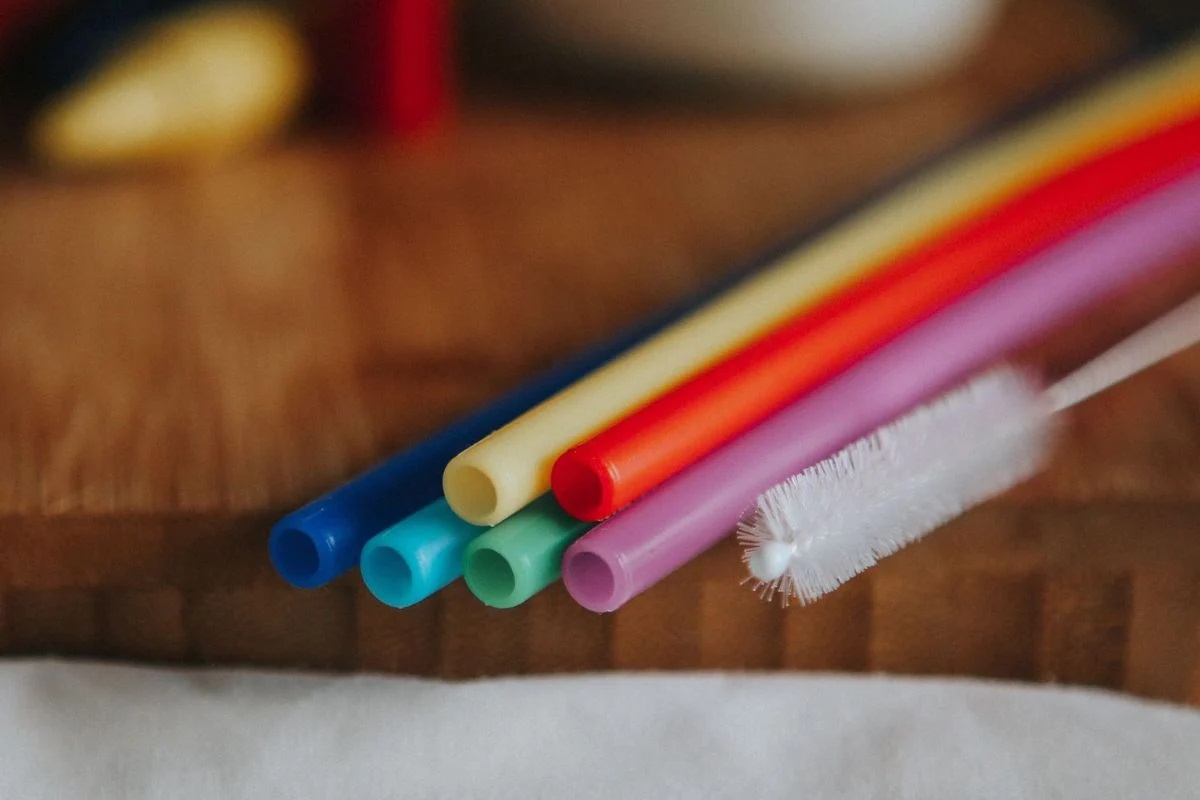
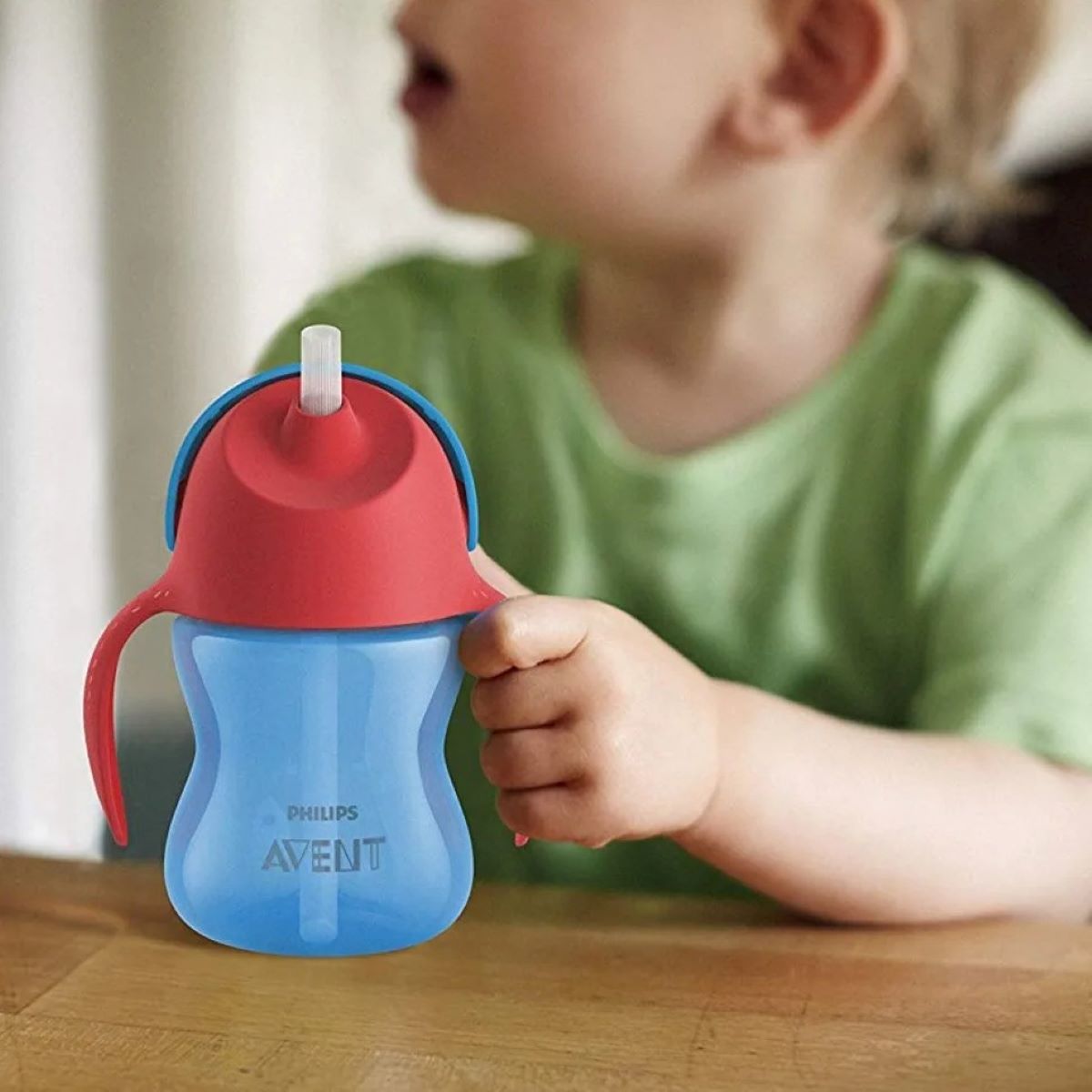
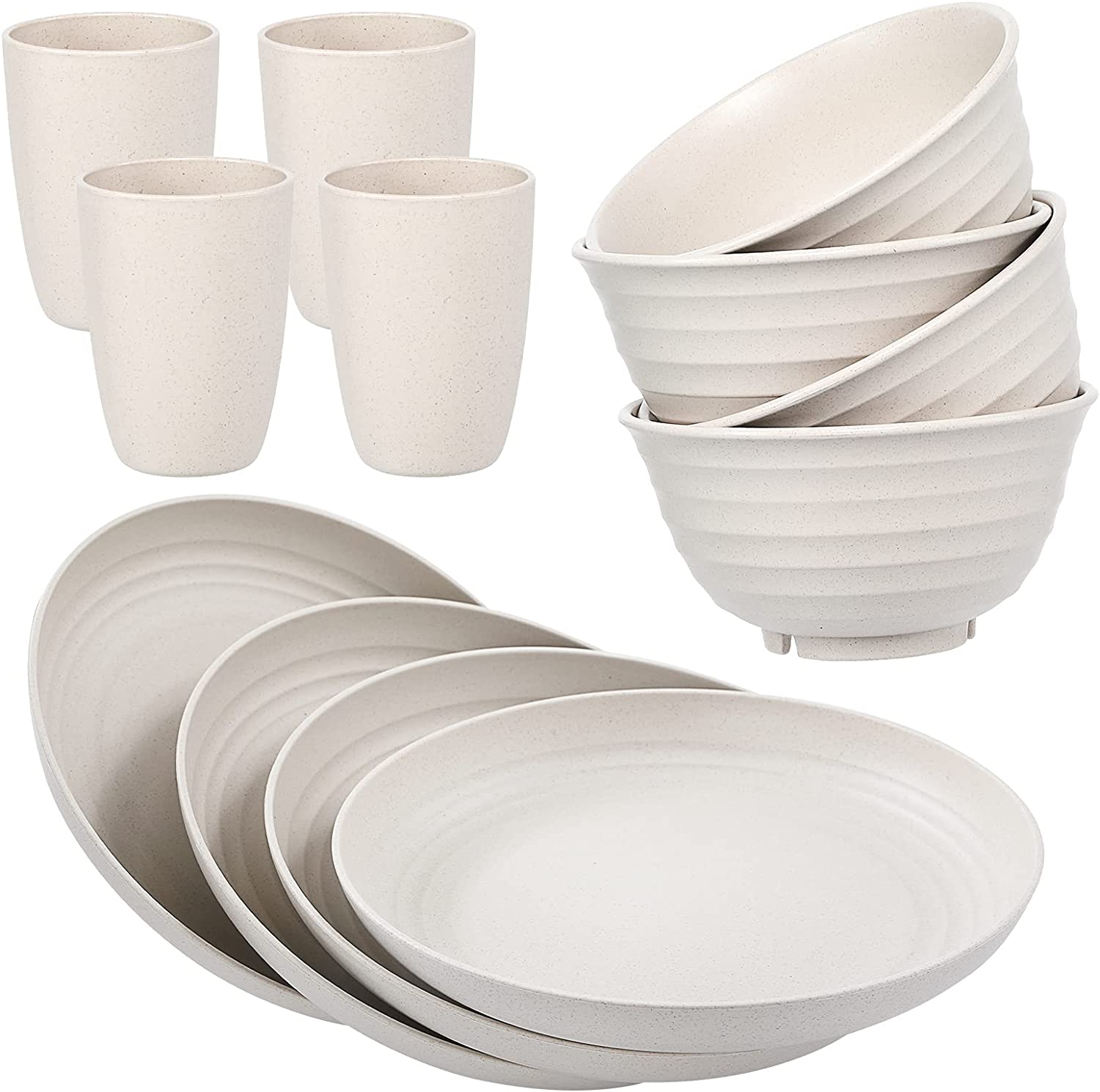
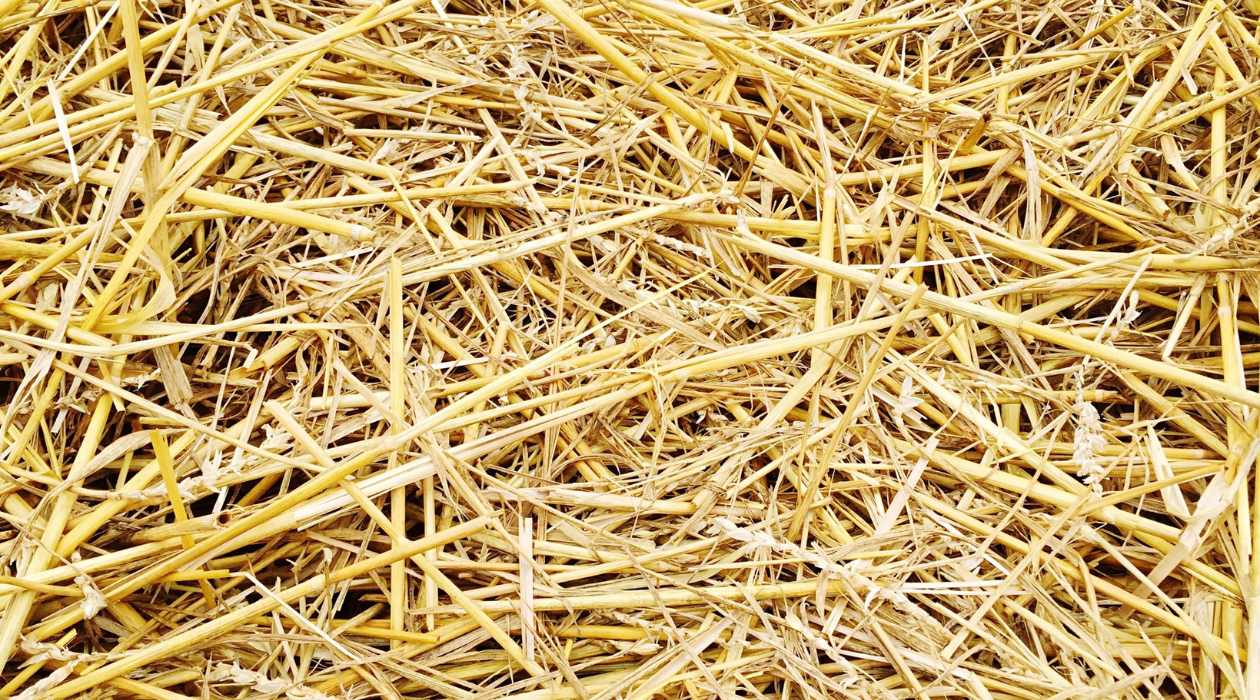
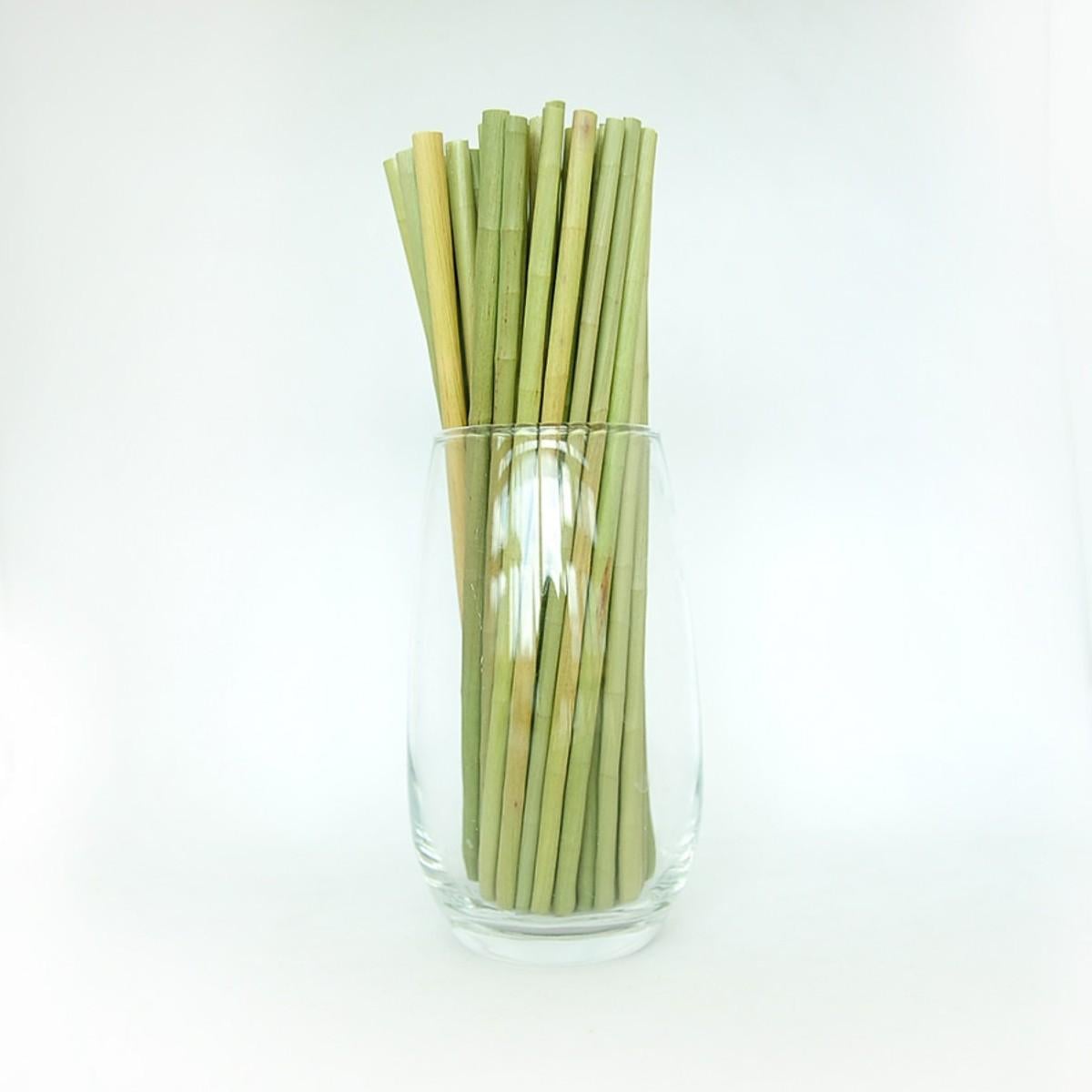
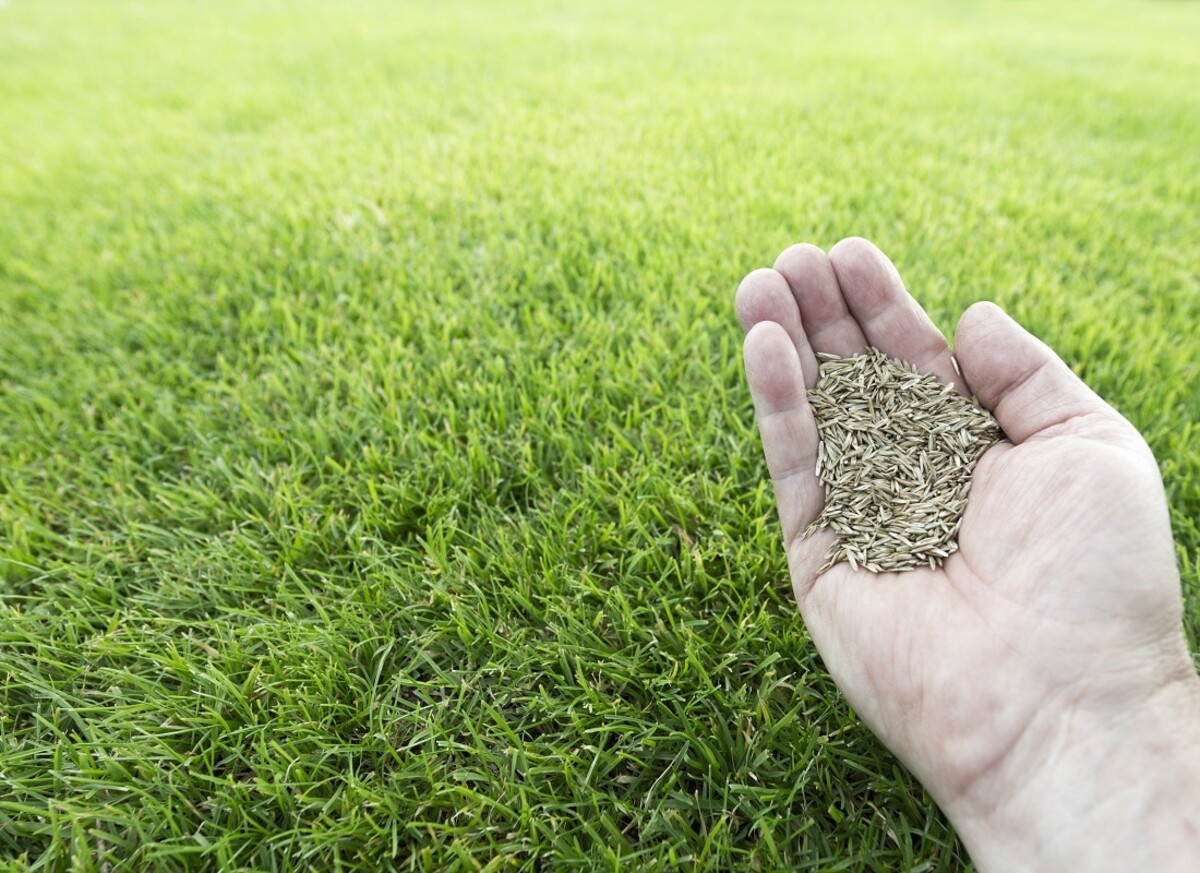
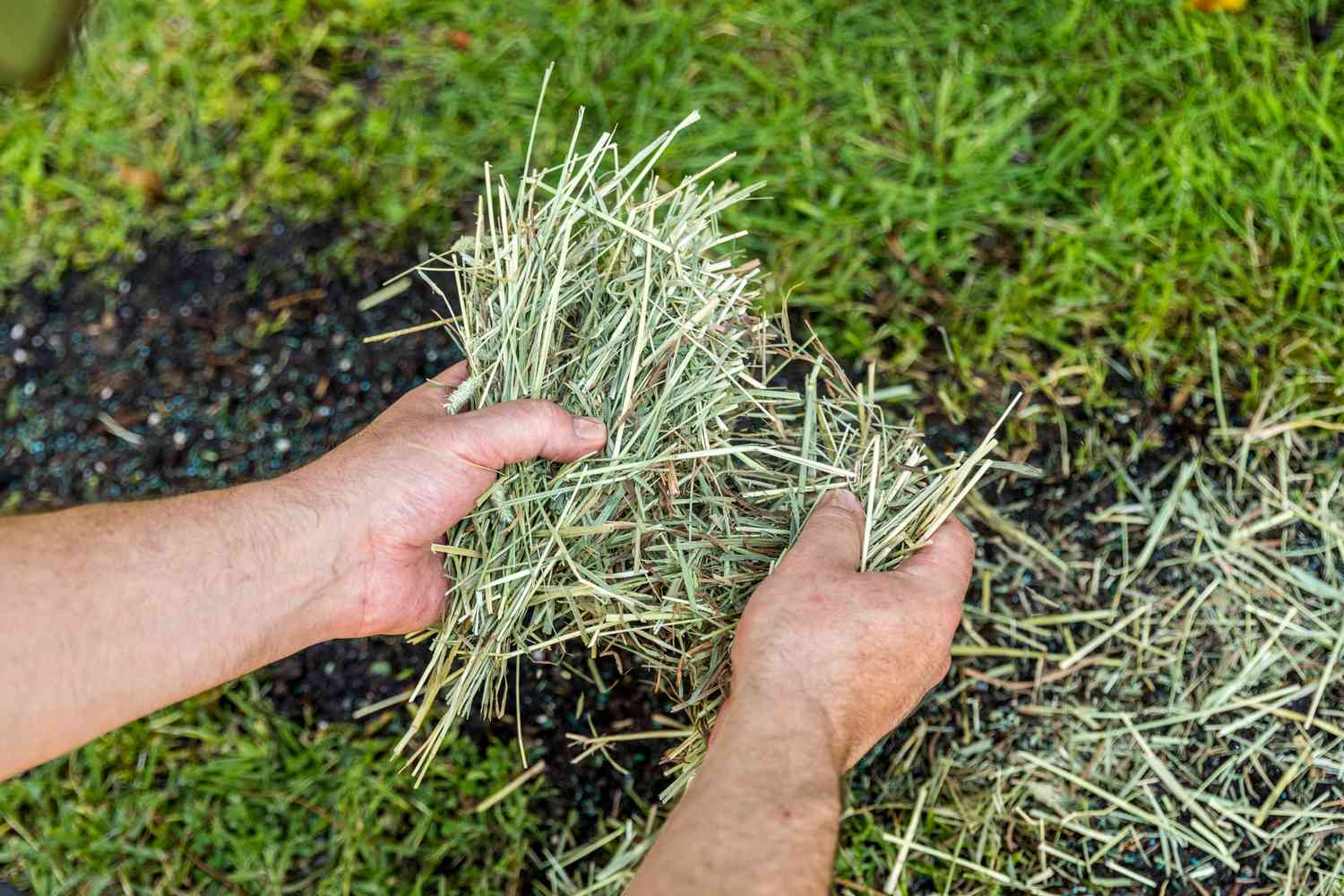
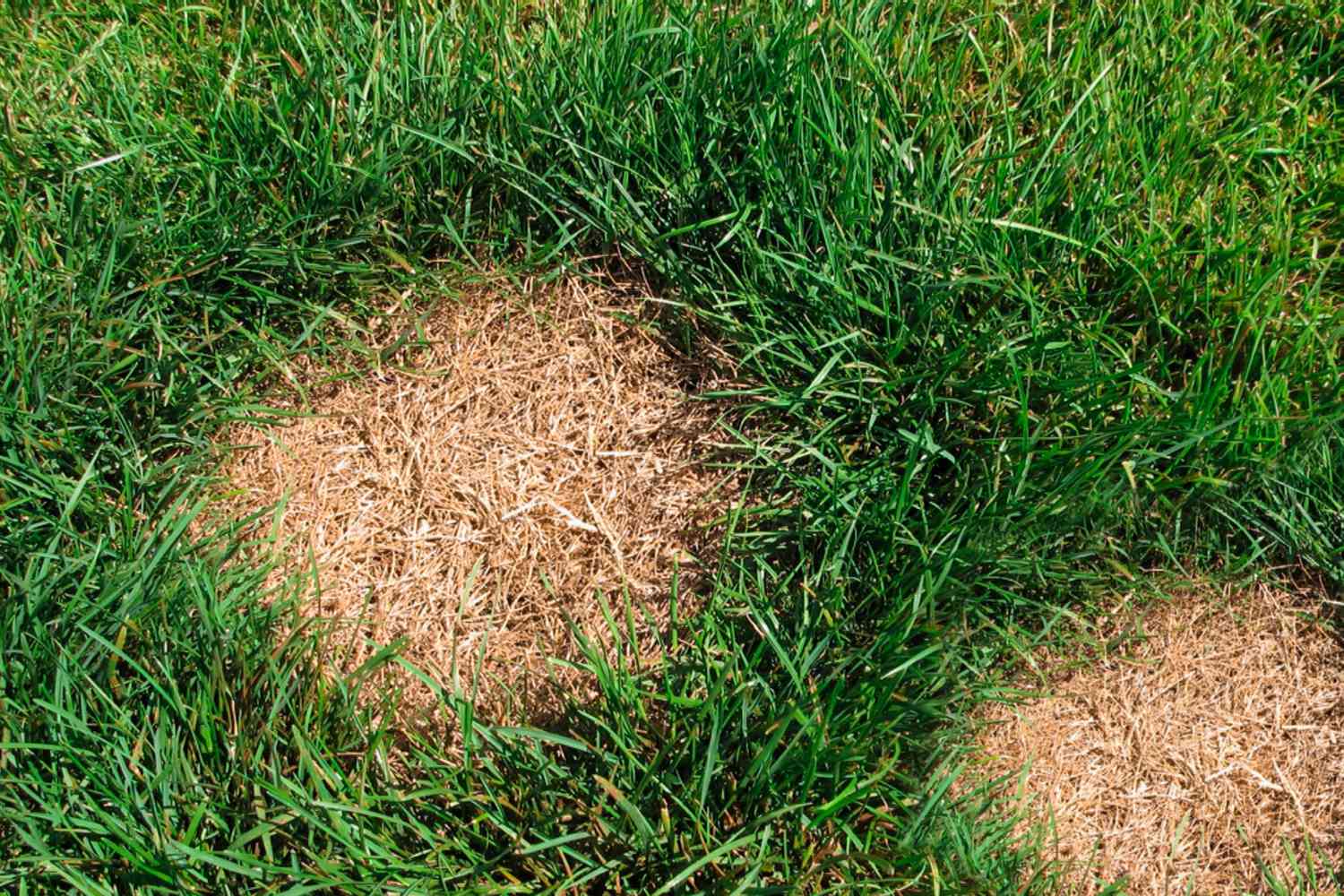
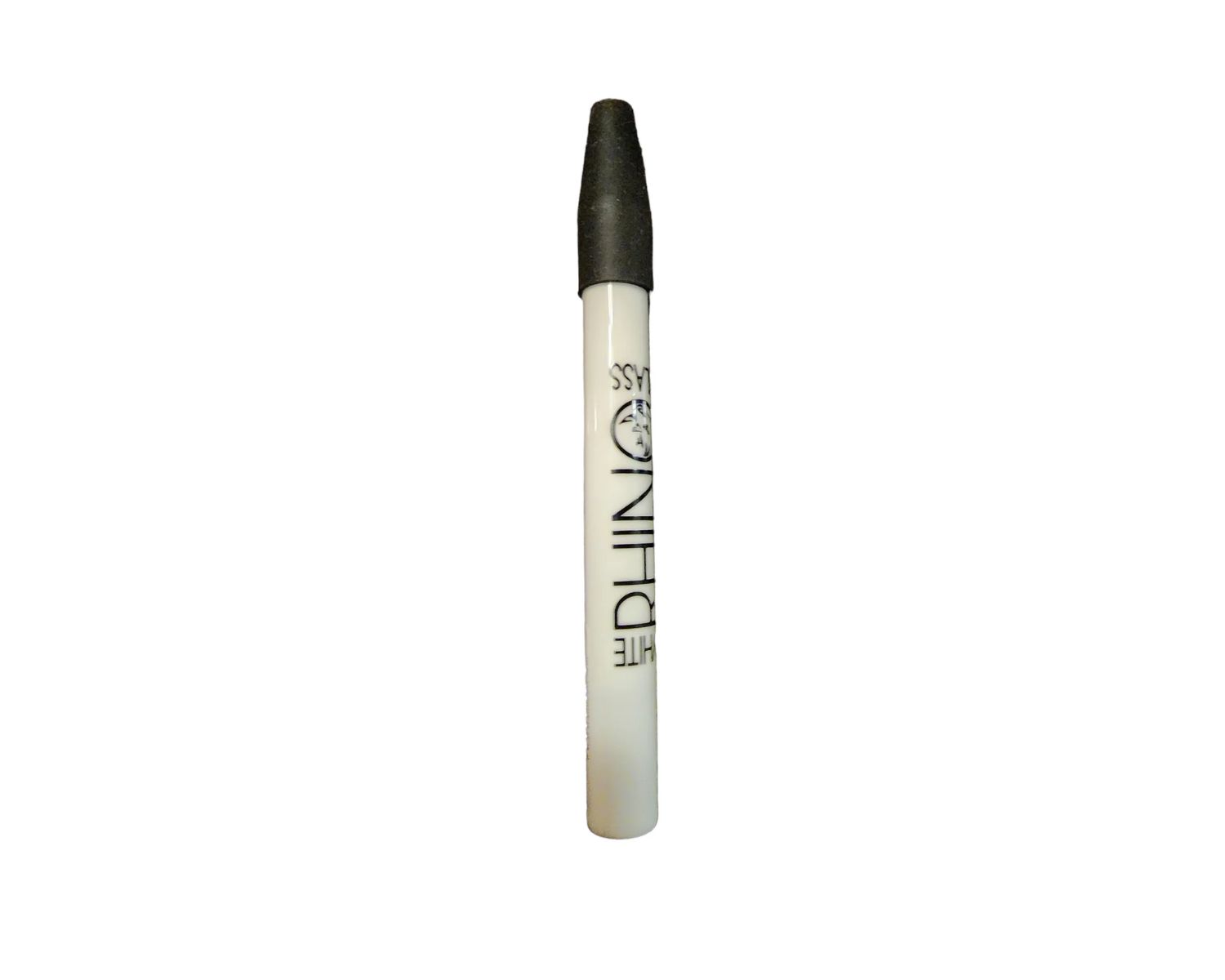
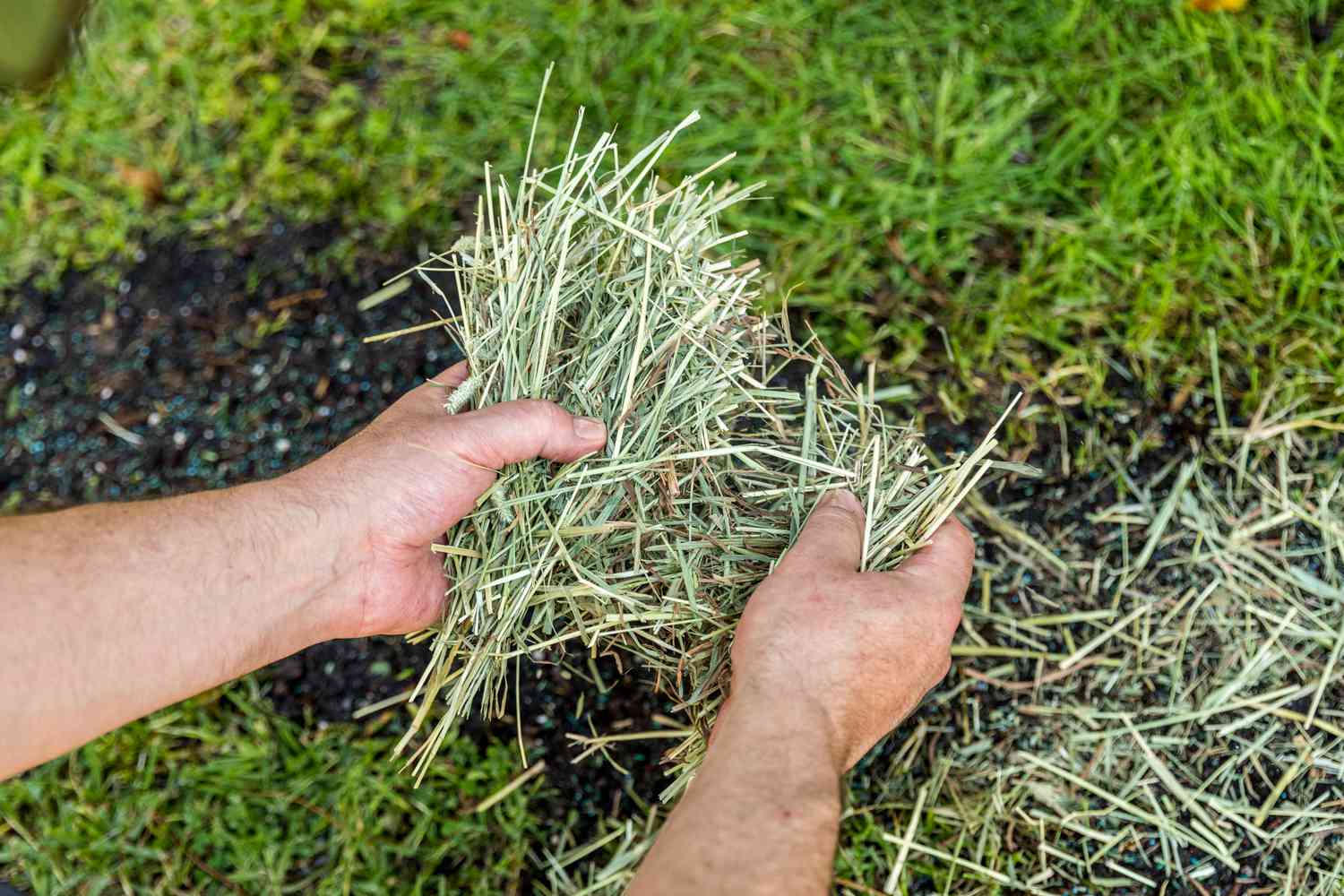
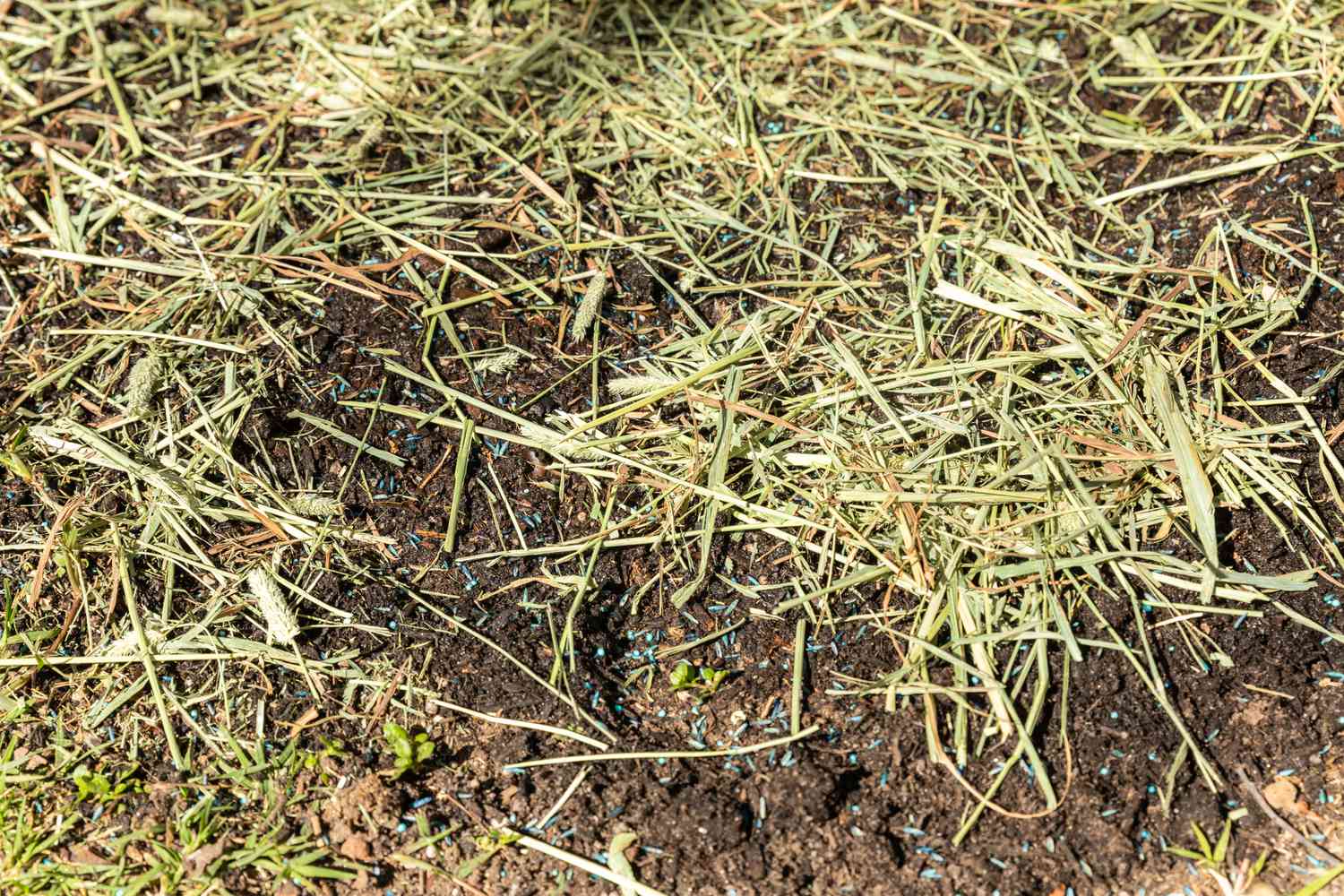

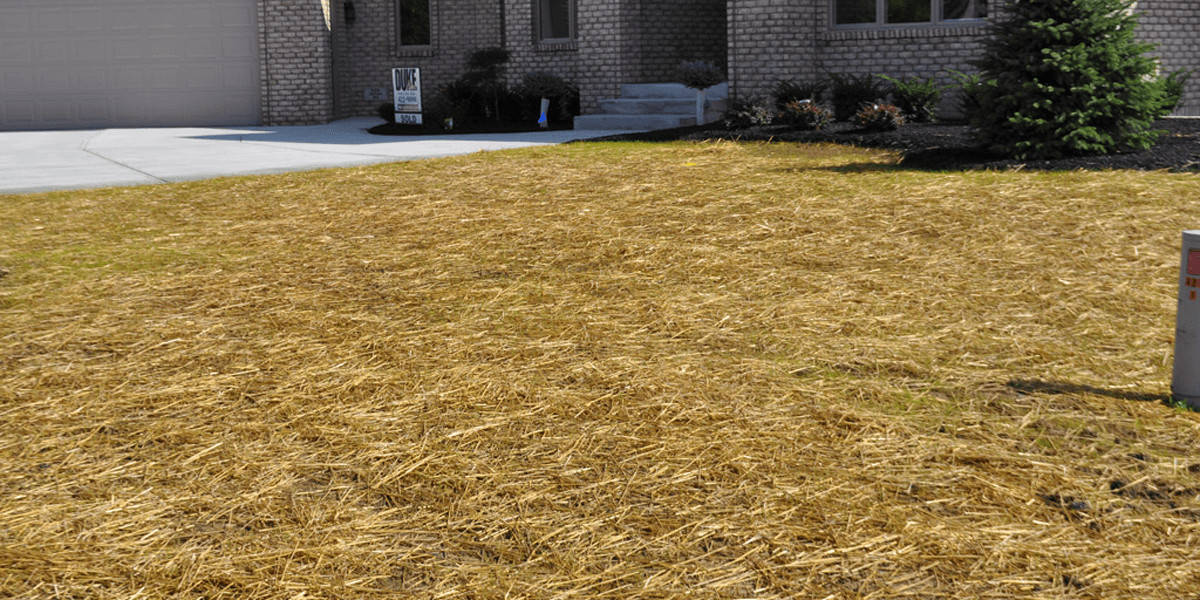
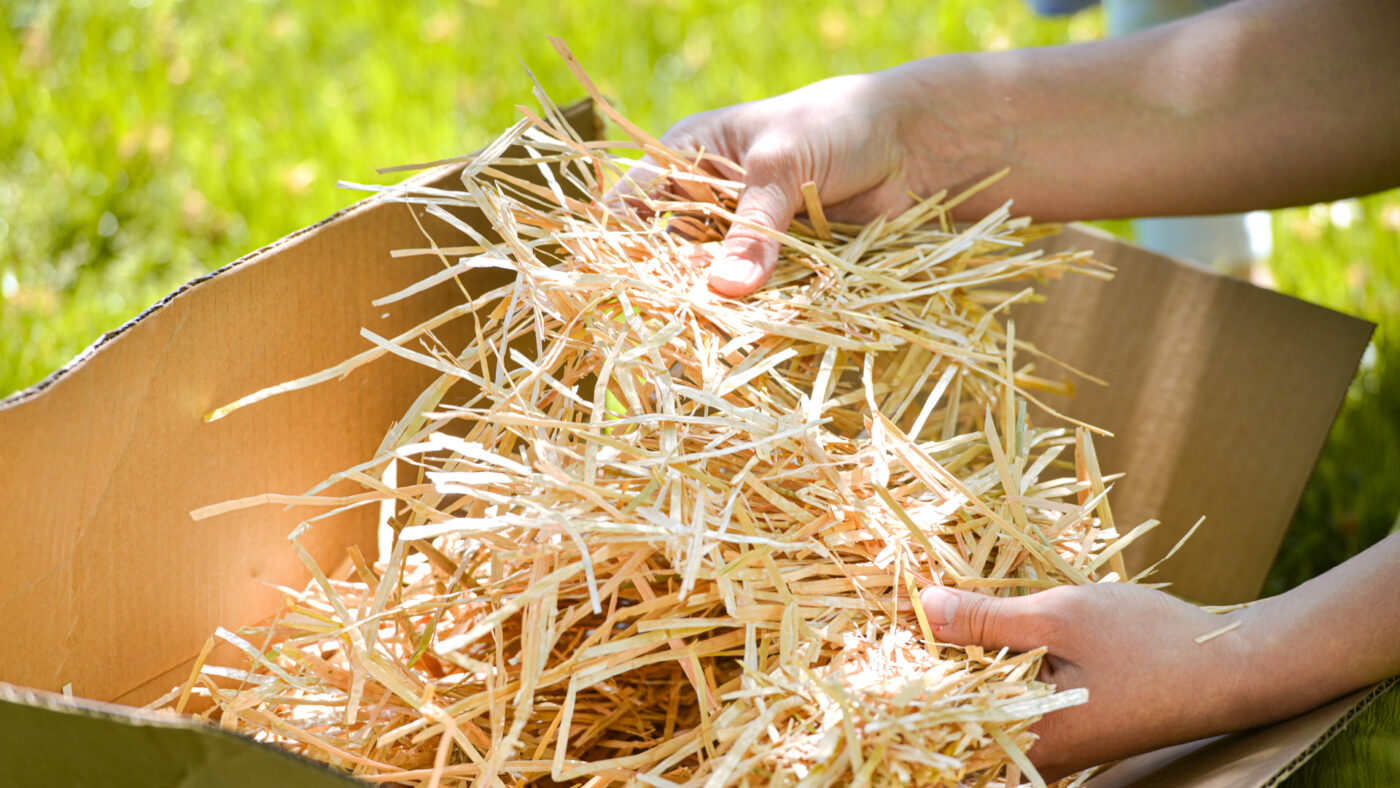

0 thoughts on “How To Store Straw”